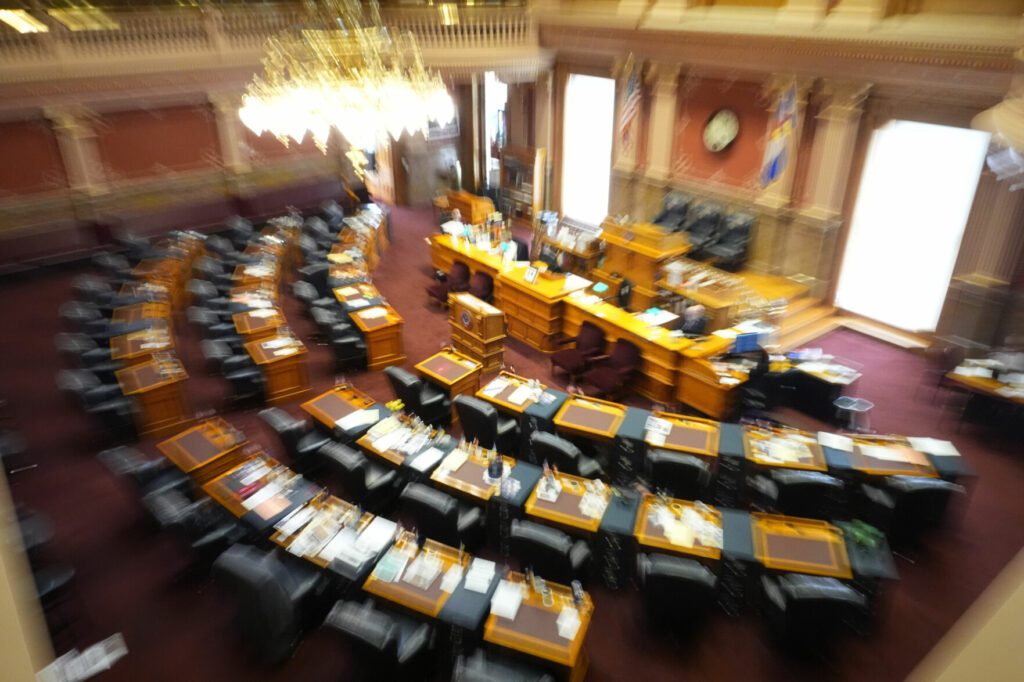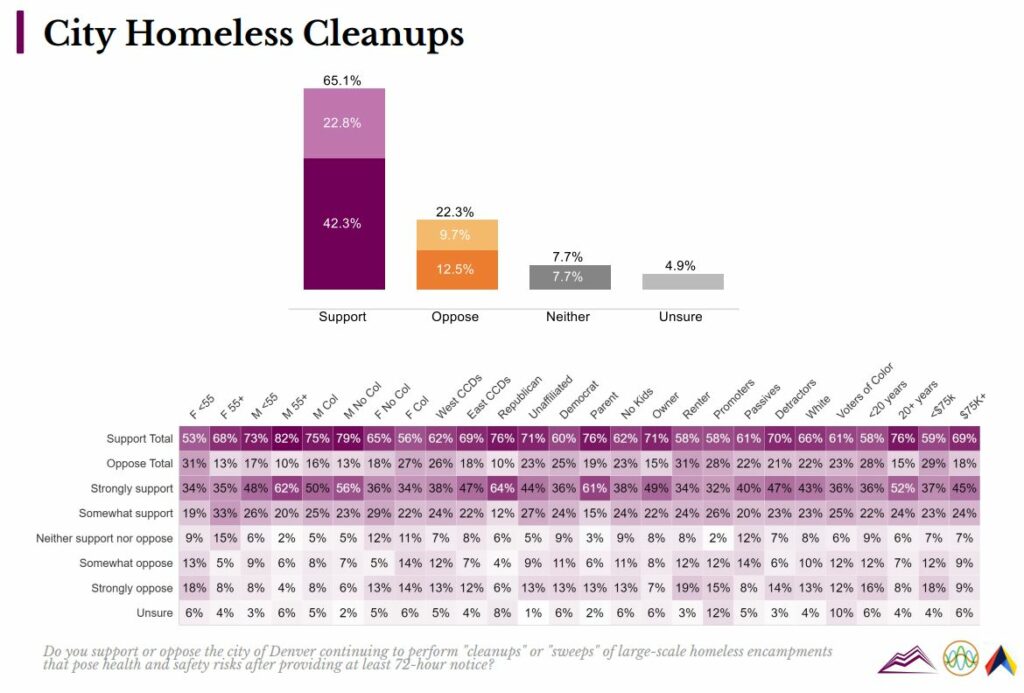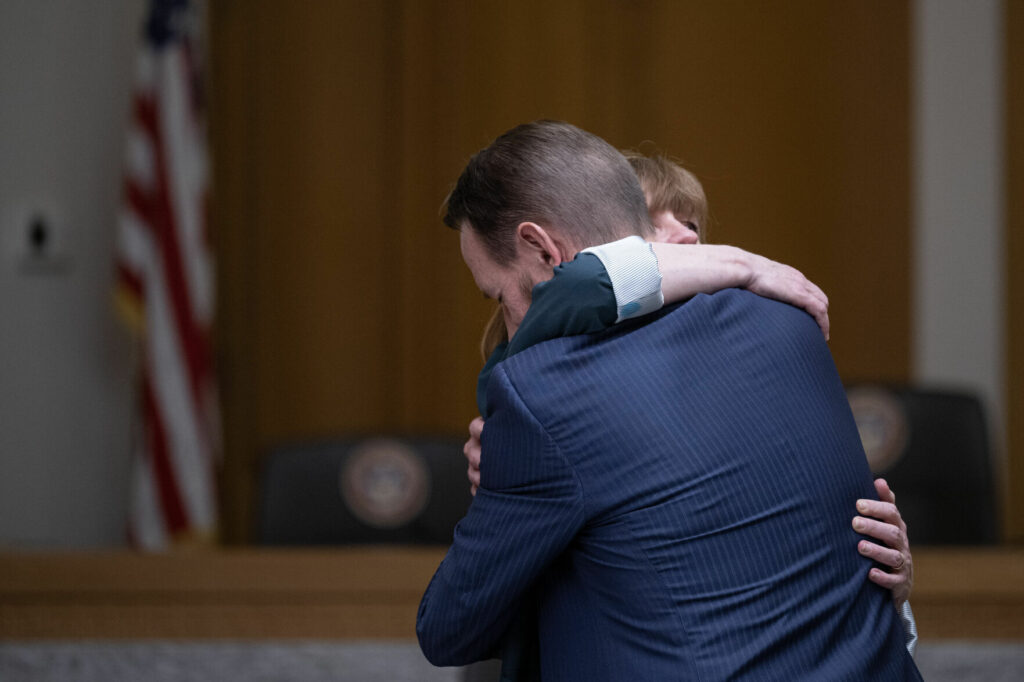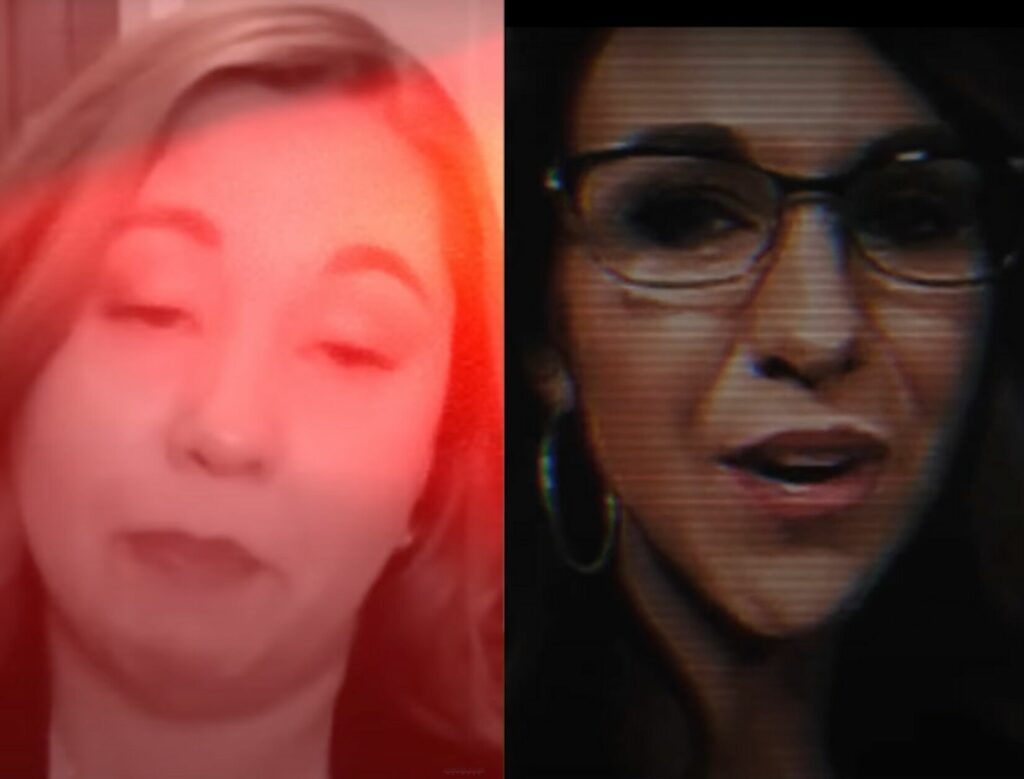Ballot curing in Colorado: How does it work?
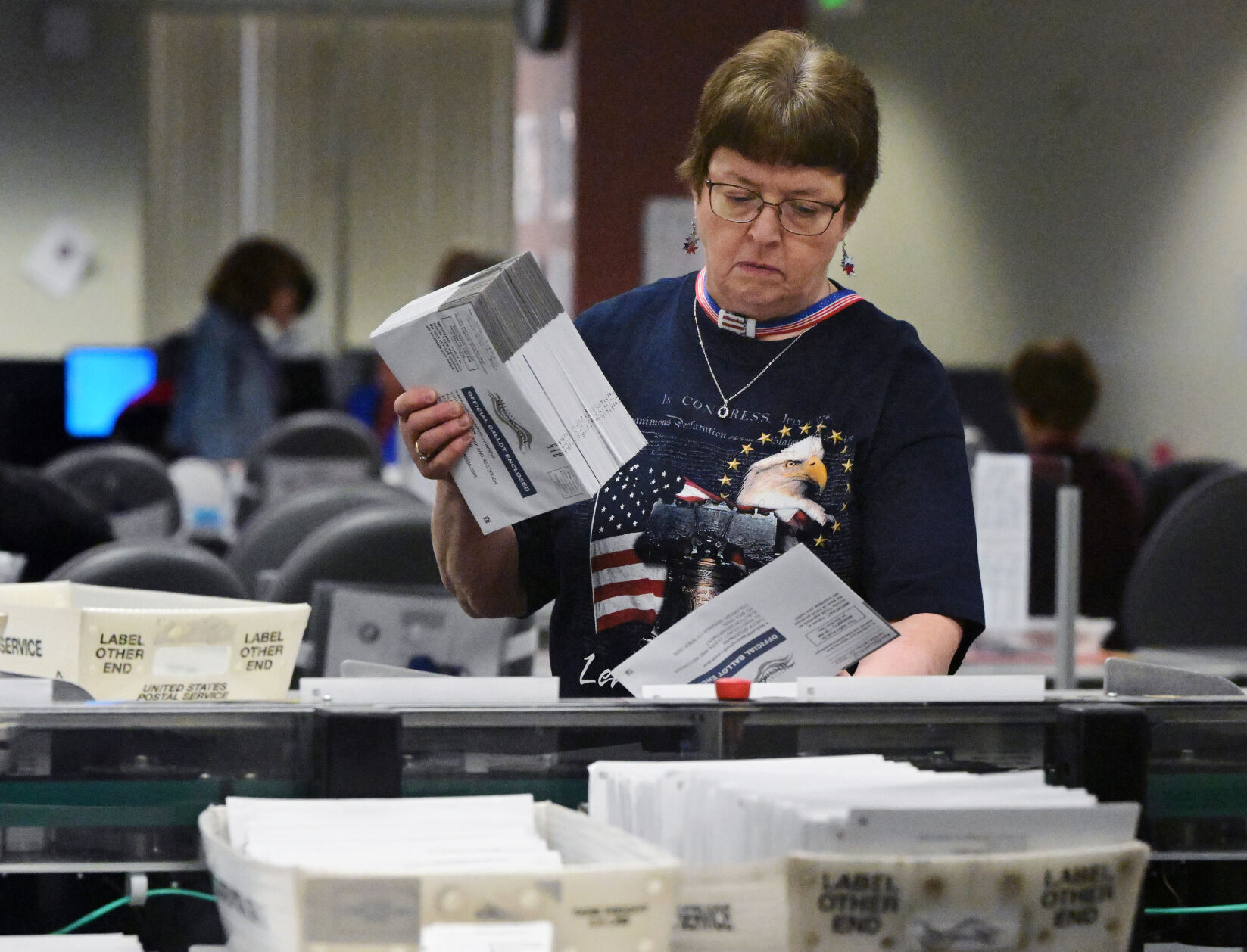
The result of Colorado’s highest profile election could come down to the thousands of ballots provisionally rejected over signature discrepancies – but there’s a still way for those ballots to be counted.
In Colorado, voters can “cure” their ballots to allow their vote to be counted if they forgot to sign the ballot envelope, if the ballot signature doesn’t match the signature on file, or if they are first-time mail-in voters who forgot to include a copy of their ID.
As of Monday morning, the race for Colorado’s 3rd Congressional District is still too call to close, with incumbent Republican U.S. Rep. Lauren Boebert leading against Democratic challenger Adam Frisch by only 1,122 votes. But, as of Thursday, Mesa and Pueblo counties within CD3 have 1,166 ballots awaiting curing, and that is only two of the 27 counties in the district.
The Democratic Congressional Campaign Committee and Republican National Committee both have staffers in Colorado working to help voters cure ballots, hoping to push their respective candidates to victory.
During the 2020 election, 11,085 ballots were cured and counted that otherwise would have been thrown out, according to the Colorado Secretary of State’s Office. That year, 21,838 ballots with signature discrepancies were rejected and not cured.
Here’s how ballot curing works in Colorado:
Who decides if a ballot needs to be cured?
Both members of a bipartisan team of election judges must decide that a signature does not match the voter’s previous signatures in the state’s system for a ballot not to be counted and to require curing, according to the Secretary of State’s Office. The ballot envelope is not opened until it is cured, so the election judges do not know how the voter voted.
Do I need to cure my ballot?
County clerks are required to notify voters if there is a signature discrepancy with their ballot. Clerks will mail an affidavit asking the voter to confirm they signed their ballot to the address the voter is registered at. They will also reach out via email, if there is one on file. County clerks are required notify these voters no later than two days after Election Day, according to the Secretary of State’s Office.
How to cure a ballot?
To cure a ballot, voters can return the signed affidavit with a photocopy of an acceptable form of ID electronically or in person at their county clerk’s office.
Voters can also cure a ballot via text through the Secretary of State’s TXT2Cure program. To use the program, voters must text the word “COLORADO” to the number 28683 and click the link sent to them. Next, voters enter their Voter ID number, provide their signature on the screen and submit a photo of an acceptable form of ID.
Voters can access their Voter ID number by logging into Colorado’s online voter registration system at GoVoteColorado.gov, and find a list of acceptable forms of ID by clicking here.
What is the deadline?
Voters have until 11:59 p.m. on Wednesday, Nov. 16 to cure their ballots. The Secretary of State’s Office has until Dec. 5 to compile all of the election results and either certify the results or order a recount.
How to know if curing worked?
Voters can see whether their ballot has been counted at colorado.ballottrax.net/voter.



